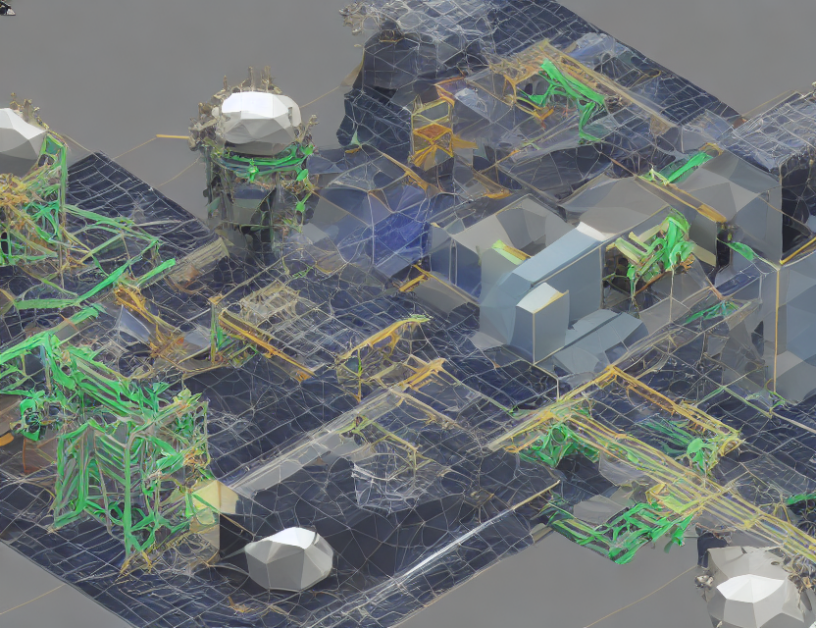Modelling is a vital tool for understanding complex systems and processes. It involves simplifying these systems to make them easier to comprehend, while still maintaining their essential components and influences. In this article, we will delve into the world of modelling and explore its objectives, concepts, and steps. By demystifying complex ideas and using everyday language, we hope to provide a comprehensive understanding of this crucial field.
Objectives of Modelling
Modelling is all about creating a simplified image of a real-world system or process to determine its measurement result or evaluate its performance. The ultimate goal is to provide an explanation or simulation of the system’s behavior, taking into account its essential components and influences.
Concepts of Mathematical Modelling
Mathematical modelling involves developing a mathematical representation of a system or process, which can help in analyzing, designing, and optimizing it. The model provides a framework for understanding how the system works, identifying its limitations, and improving its performance.
Steps of Modelling
The modelling process involves six steps: delimitation, selection, representation, transformation, interpretation, and validation. Each step is crucial in creating an accurate model that reflects the real-world system or process.
Delimitation: Define the scope of the model by identifying the system’s boundaries and limits.
Selection: Choose the appropriate mathematical tools and techniques to represent the system or process.
Representation: Develop a mathematical representation of the system or process, using symbols, equations, and other mathematical objects.
Transformation: Convert the input data into a form that can be used by the model.
Interpretation: Analyze the results generated by the model and interpret them in the context of the real-world system or process.
Validation: Verify the accuracy of the model by comparing its results with experimental data or other sources of information.
Conclusion
Modelling is a powerful tool that helps us understand complex systems and processes, make predictions about their behavior, and optimize their performance. By following the steps outlined in this article, you can create accurate models that reflect the real world and provide valuable insights into the workings of the systems around us.



